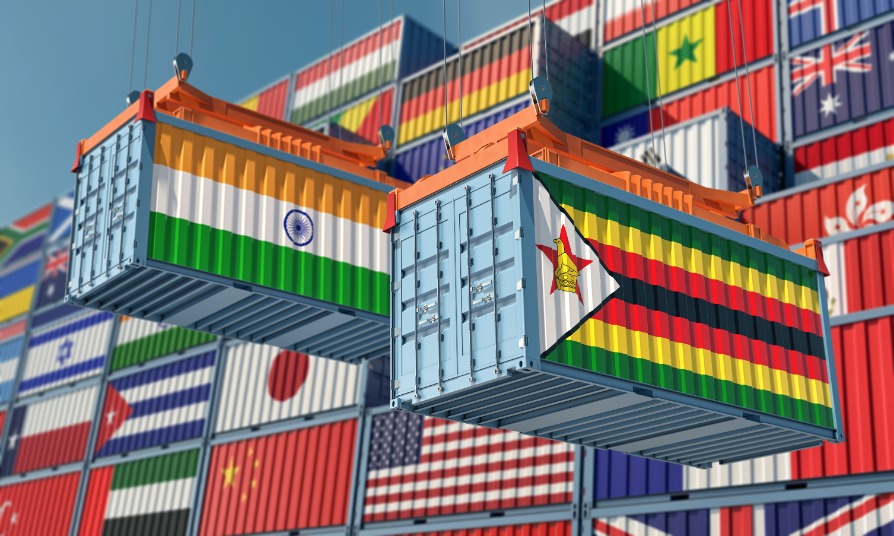A Free Trade Agreement (FTA) is an agreement reached via mutual discussions with the goal of boosting trade between nations or regional blocs. It can be all-inclusive by including products, services, investments, intellectual property, competition, government procurement, and other sectors.
Customs duties or tariffs, rules of origin, non-tariff trade restrictions, sanitary phytosanitary (SPS) measures, technical barriers to trade (TBT), trade remedies etc., are the main topics covered in the context of goods. The negotiations on services are focused on barriers to different supply methods, such as domestic regulations.
There are different types of trade agreements which are bilateral, plurilateral, and multilateral. A bilateral trade agreement is created when two countries agree to lift trade restrictions to increase economic prospects. Several nations have plurilateral agreements with one another, whether in a regional setting or otherwise.
Since multilateral trade agreements include a wide range of nations and establish universal trade laws, multilateral trade accords typically come under the WTO negotiations.

India has signed six preferential trade agreements (PTA) and 11 free trade agreements (FTAs). The major distinction between an FTA and a PTA is that the former is more extensive and involves deeper obligations, whereas the latter is limited to trade in goods and attempts solely to eliminate tariffs on the basis of a margin of preference (MOP).
Moreover, a PTA’s coverage for goods is less extensive than that of an FTA’s. Preferential Trade Agreements (PTAs) have become increasingly common, particularly since the World Trade Organization (WTO) was founded in 1994.
Also Read: BJP can be defeated if opposition join hands: Rahul Gandhi
Few examples of tade agreements signed by India are Indo – Sri Lanka Free Trade Agreement (ISFTA), South Asian Free Trade Area (SAFTA), India – Bhutan Agreement on Trade Commerce and Transit, India Thailand Early Harvest Scheme (EHS), The India–Singapore Comprehensive Economic Cooperation Agreement(CECA), The ASEAN–India Free Trade Area (AIFTA), India Korea Comprehensive Economic Partnership Agreement (IKCEPA), India Japan Comprehensive Economic Partnership Agreement (IJCEPA), India-Malaysia Comprehensive Economic Cooperation Agreement (IMCECA), India- Mauritius Comprehensive Economic Cooperation and Partnership Agreement (IMCECPA), India Nepal Treaty of Trade (March,2007).
Few examples of Preferential Trade Agreements are Asia Pacific Trade Agreement (APTA), Global System of Trade Preferences, India- Afghanistan Preferential Trade Agreement, India-Mercosur Preferential Trade Agreement, India-Chile Preferential Trade Agreement, Agreement on SAARC Preferential Trading Arrangement (SAPTA).

